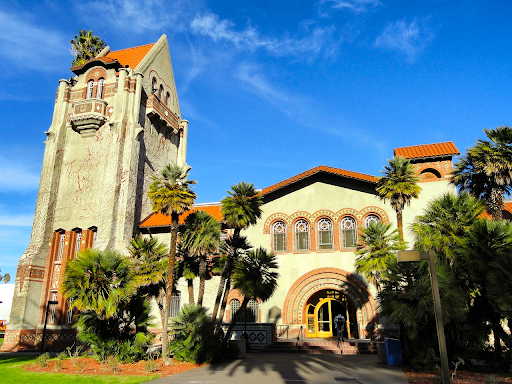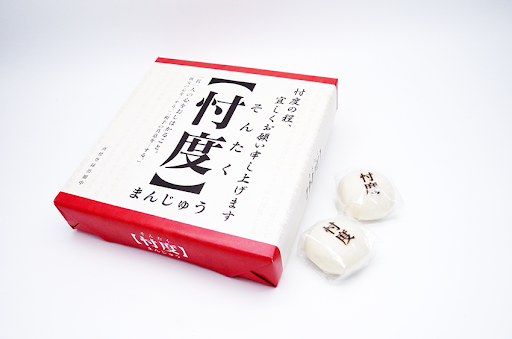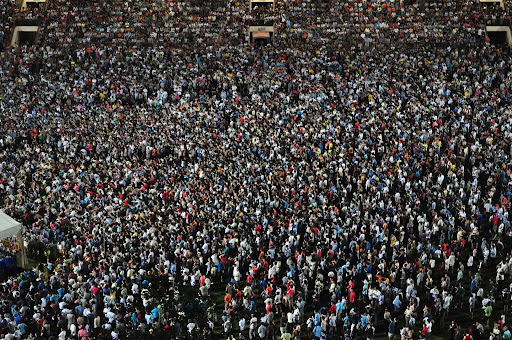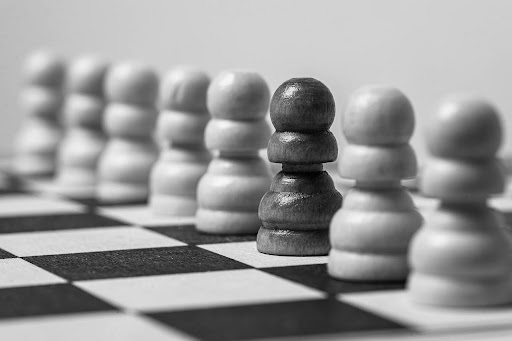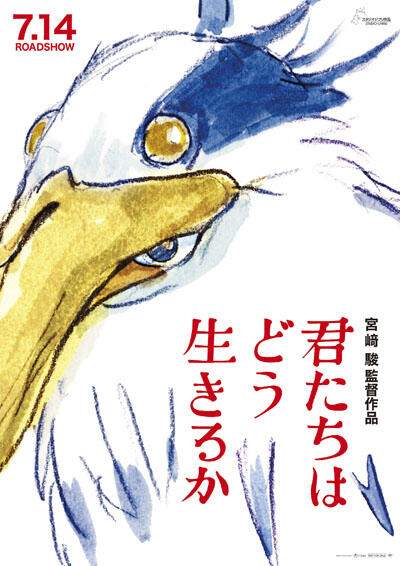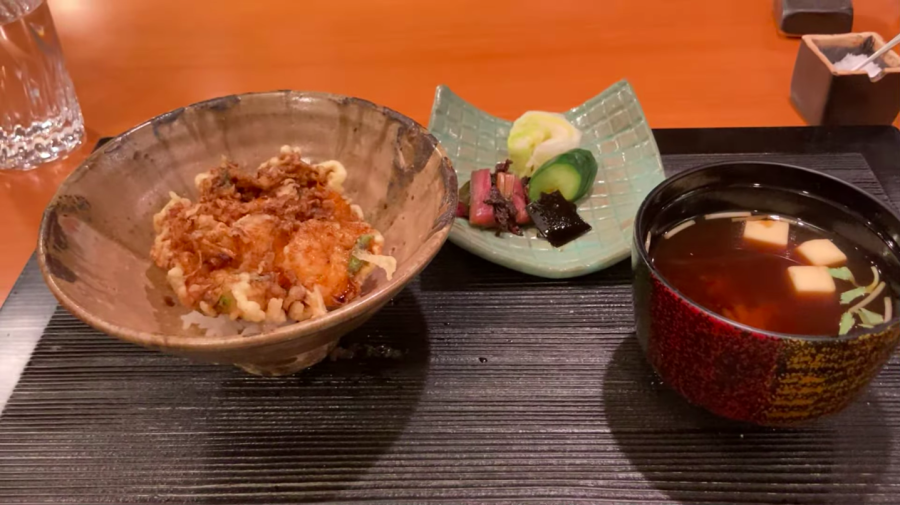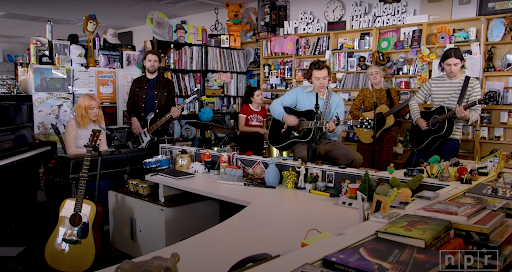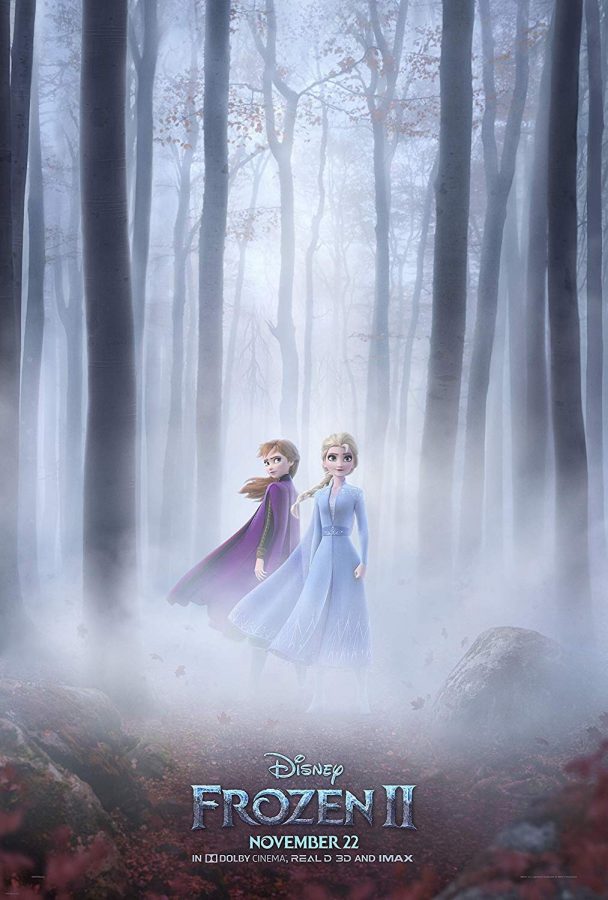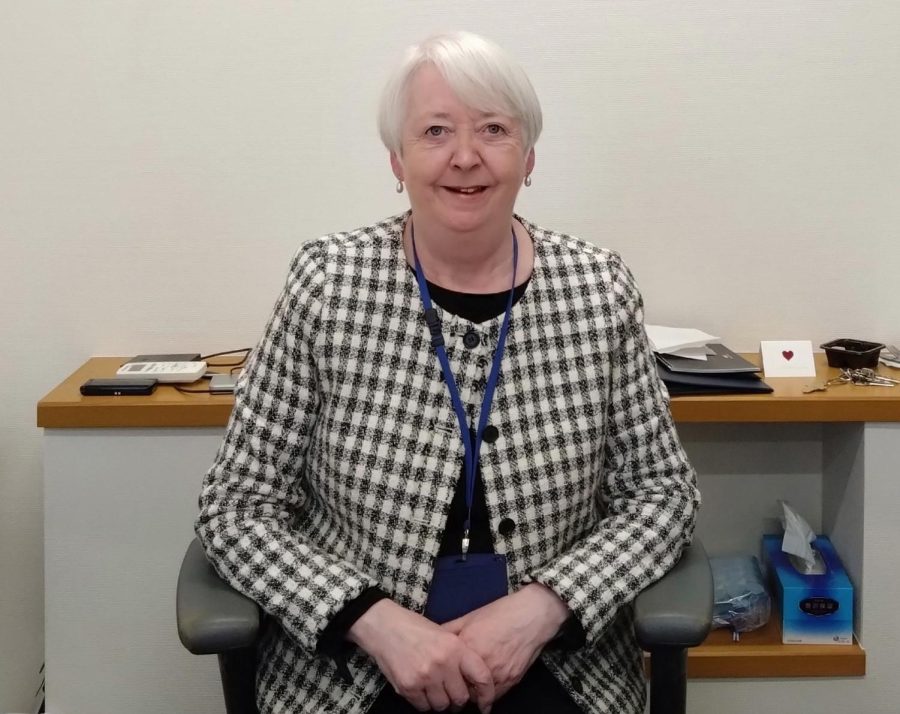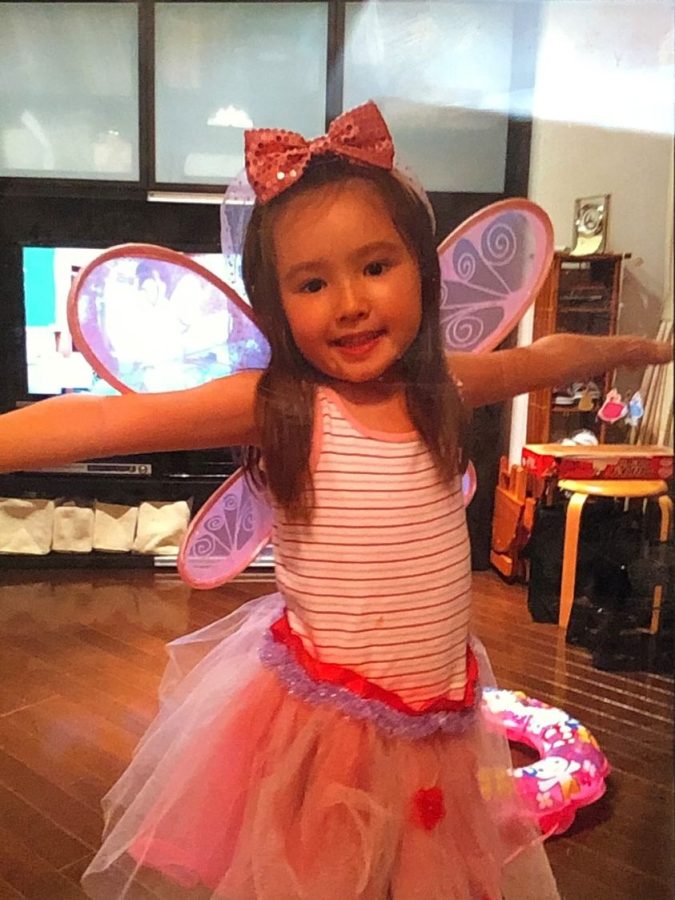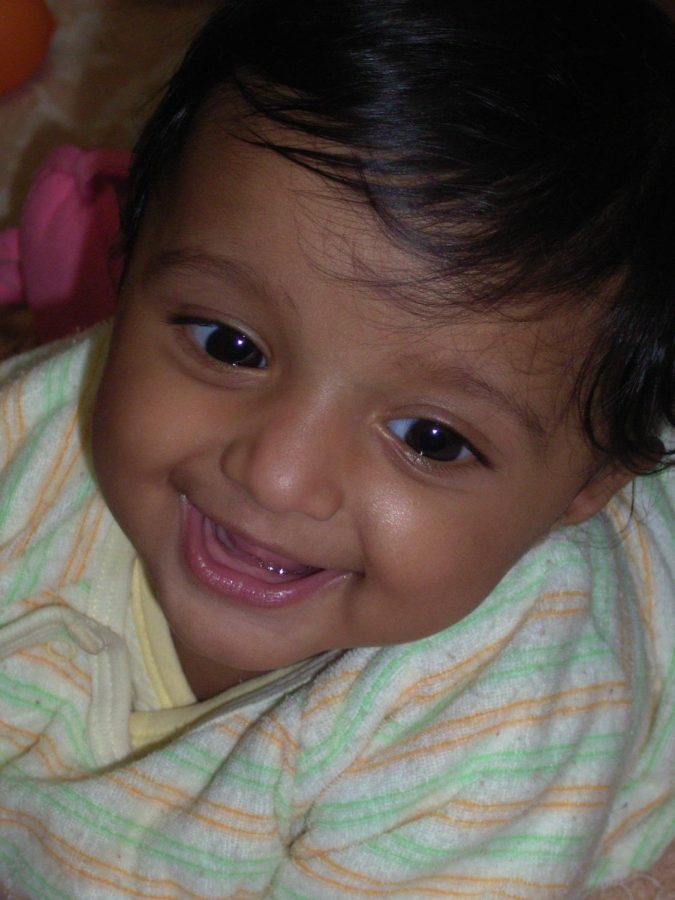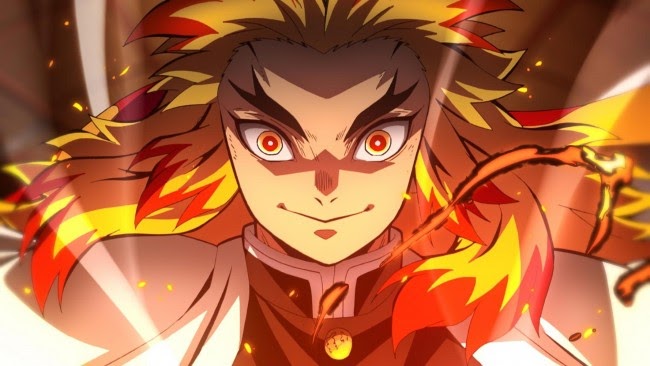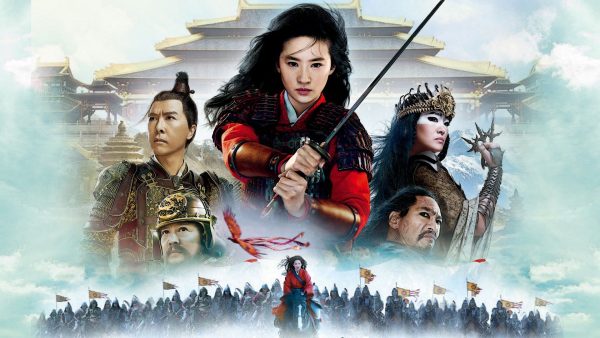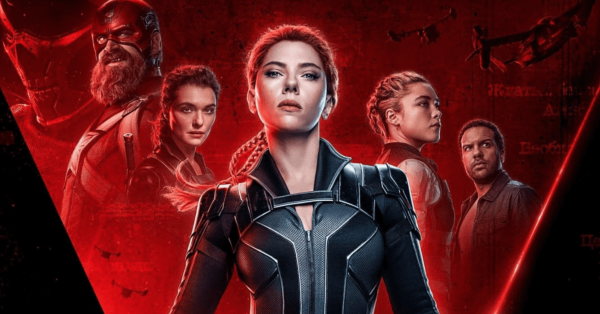Human Born Monsters: a review of ‘Demon Slayer’, the TV series
(Ufotable)
An iconic image of Kyojuro Rengoku from the movie “Demon Slayer: Kimetsu no Yaiba the Movie: Infinity Train”
It has been four months since the premiere of the megahit animated film “Demon Slayer: Kimetsu no Yaiba the Movie: Infinity Train”. The film earned 10 billion yen after airing for only 10 days, which is the fastest record in the history of the Japanese movie industry. The box office income is already more than 30 billion yen, scoring first on the ranking of highest-grossing films in Japan, according to Yahoo News. “Infinity Train” has mesmerized fans by adapting beyond perfectly volume 8 of the original manga, with phenomenally animated action sequences and impactful character moments.
All the positive comments for the movie might tempt one to walk into the theater with absolutely no knowledge of “Demon Slayer”. However, that would only lead them to be devoured by the demon of confusion, unless they are only there for the visuals. In order to fully appreciate the narrative, it is necessary to watch the TV series, as the movie is a direct sequel to it. Those who are not passionate anime-lovers might hesitate to start a 26-episode show just to watch one phenomenally popular movie. However, the captivating Taishō-Japan dark-fantasy filled with catharsis is worth the time spent to experience it.

Based on the manga series by Koyoharu Gotōge on Weekly Shōnen Jump, “Demon Slayer” is an anime series aired on Japanese TV in 2019, now available in streaming services such as Netflix, with English subtitles. It features the 15-year-old Tanjirō Kamado and his sister Nezuko, in an alternate-universe Taishō-Japan where man-devouring demons lurk in the shadows. With his family slaughtered and Nezuko being turned into a demon by Muzan Kibutsuji, the lord and progenitor of all demons, Tanjirō joins the Demon Slayer Corps to find a way to defeat Muzan and cure his sister. As an unusual demon slayer accompanying a demon, Tanjirō faces difficulties in human relationships as well as horrifically powerful demon enemies.
As expected from most Shōnen (media aimed at teenagers) series, “Demon Slayer” is heavily battle-focused. Many action sequences are used throughout the show to both intensify and solve conflicts. Battle scenes from many Shōnen series can often be focused on how powerful the “moves” are, rather than intelligence or tactics; in fact, this applies to most fights in “Demon Slayer”. However, the phenomenal animation done by the studio Ufotable manages to keep the audience engaged. The visuals of “Demon Slayer” are on a whole new level compared to other weekly-aired anime series. The detailed animation brings the colorful cast of characters to life, each character’s mannerisms being distinctive even during an intense battle.
Besides the art and animation, “Demon Slayer” stands out from other Shōnen series with its underlying theme about how the weakness of humans both breaks and helps people. Despite their ruthlessness and insanity, demons were once regular humans living lives in downward spirals. Although they were physically turned into monsters by Muzan Kibutsuji, what truly led them to their current state was their misfortunes caused by their own weaknesses. The specifics vary from physical illness to inferiority complexes. Most antagonists in the show are introduced as evil, yet the short flashback montages that the creators add to characterize them somehow make the audience feel sorry for them, despite the cruelty they have inflicted on others.
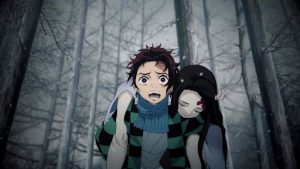
While most members of the Demon Slayer Corps carry strong hatred towards demons, our protagonist Tanjirō shows genuine care for them. Being traumatized by not being able to save his family from being murdered, he understands the frustration of being weak. Rather than killing, Tanjirō wishes to turn all demons back into humans if possible, and when he ends the life of a demon, it is more like mercy-killing. His incredible kindness, originally born from his weakness as a human being, slowly influences other characters who are also dealing with trauma and self-hatred. To an extent, the series leaves the audience thinking about good and evil. Are the wrongdoers we punish in society evil from birth? Or are they regular people who went down the wrong paths?
Kimetsu no Yaiba, the Japanese title of “Demon Slayer”, directly translates to: “The Blade that Eliminates Demons.” The spectacularly-animated scenes of our heroes wielding swords against demons are certainly exciting and satisfying to watch. At the same time, the audience receives warmth that they might have not expected from the vigorous action sequences, from the empathy of Tanjirō trying to “eliminate” demons by saving them, not slaying them.
After finishing the 26 episodes of the TV series, you will be ready to head to the movie theater knowing the full context. With the themes of human nature and weakness clearly in mind, “Infinity Train” will take you on a compelling ride.

